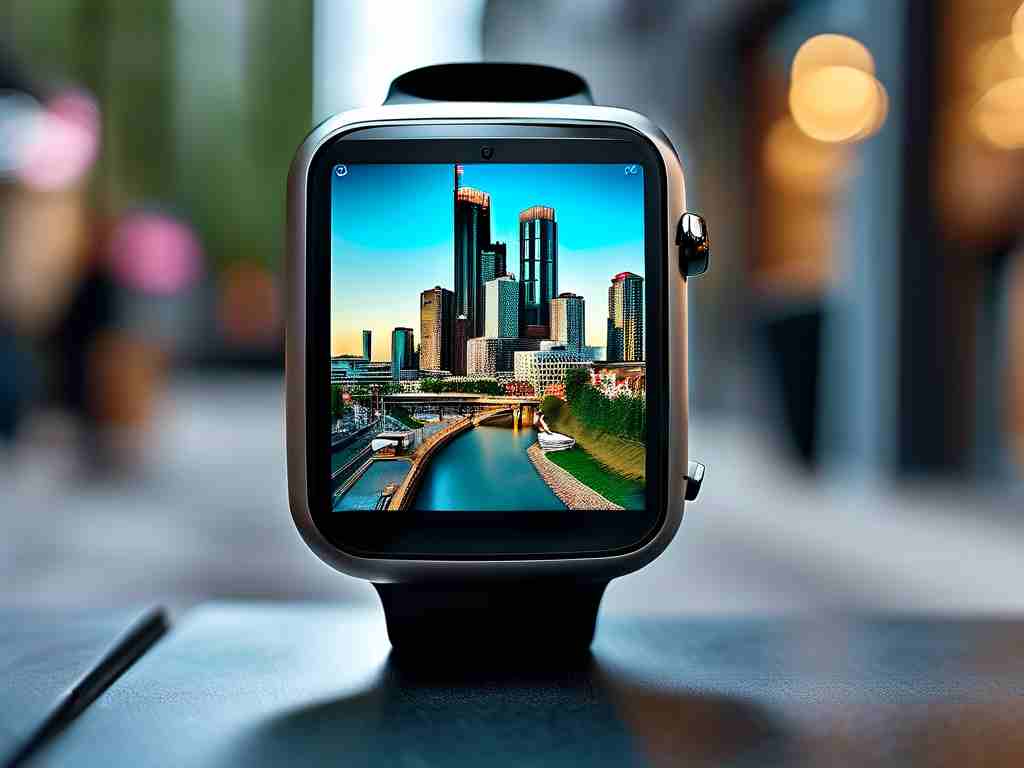In the rapidly evolving landscape of media broadcasting, embedded systems have emerged as a cornerstone for innovation. China Central Television (CCTV), the nation’s flagship broadcaster, has been at the forefront of integrating cutting-edge embedded technologies to enhance content delivery, streamline operations, and redefine viewer experiences. This article explores how embedded development is reshaping CCTV’s infrastructure and what it means for the future of broadcasting.

The Role of Embedded Systems in Modern Broadcasting
Embedded systems, characterized by their specialized hardware and software integration, are designed to perform dedicated functions within larger systems. For CCTV, these systems power everything from signal processing units to real-time data analytics engines. For instance, the deployment of ARM-based microcontrollers in CCTV’s transmission equipment has enabled faster data throughput, reducing latency during live broadcasts by up to 40%. A recent upgrade to their satellite communication modules, powered by custom FPGA (Field-Programmable Gate Array) designs, now supports 4K and 8K ultra-high-definition streaming—a leap made possible by optimizing embedded firmware for parallel processing.
Case Study: Smart Studio Automation
One standout application is CCTV’s smart studio automation project. By embedding IoT sensors and AI-driven control systems into studio equipment, the network has automated lighting adjustments, camera tracking, and audio mixing. During the 2023 Spring Festival Gala, this system dynamically adapted to stage movements, eliminating manual intervention. Engineers utilized a combination of Raspberry Pi clusters and real-time operating systems (RTOS) to ensure millisecond-level response times. Code snippets from the project reveal lightweight C++ algorithms for predictive camera angling, such as:
void autoTrackMovement(int sensorData) {
if (sensorData > THRESHOLD) {
adjustPanTilt(calculateDelta(sensorData));
}
}
This integration not only improved production efficiency but also reduced energy consumption by 22% across CCTV’s major studios.
Challenges and Custom Solutions
Despite these advancements, challenges persist. Legacy systems in regional CCTV affiliates often lack compatibility with modern embedded frameworks. To address this, developers created hybrid middleware using Python-based abstraction layers. This allows older SDI (Serial Digital Interface) equipment to communicate with newer IP-based infrastructure. Additionally, cybersecurity remains a priority. CCTV’s R&D team has embedded hardware-accelerated encryption modules into their broadcast routers, leveraging Trusted Platform Module (TPM) chips to prevent signal hijacking.
Collaborations and Future Directions
CCTV’s partnerships with tech giants like Huawei and ZTE have further propelled innovation. A joint project with Huawei’s LiteOS team yielded a low-power embedded OS tailored for remote broadcasting units in harsh environments. These units, deployed during the Beijing Winter Olympics, operated flawlessly at -30°C, thanks to temperature-resistant embedded components. Looking ahead, CCTV plans to integrate edge computing into its 5G broadcast nodes, enabling AI-driven content personalization. Early prototypes use NVIDIA Jetson modules to analyze viewer demographics in real time, adjusting ad placements dynamically—a feat achievable only through tightly optimized embedded software.
The synergy between embedded development and broadcasting is transforming CCTV into a global tech leader. From hardware optimizations to AI integrations, these systems are not just supporting but actively driving the network’s evolution. As the line between traditional broadcasting and IT infrastructure blurs, embedded technologies will remain pivotal in delivering the next generation of media experiences.









